Margaret Mead
[1901-1978]
Margaret Mead was the most famous anthropologist of the 20th century. Many people learned about anthropology and its comprehensive view of the human species thanks to her work.
Is her career path really favorable as people often think? Learn more about her life and growth in this article.
I. Introduction about Margaret Mead biography
Margaret Mead (1901-1978) was a cultural anthropologist best known for her studies of people on the remote islands of Oceania, including Samoa, Papua New Guinea, and Bali. Margaret Mead conducted her fieldwork studies using extremely organized and cutting-edge methodologies. Her work on The Study of Culture at Distance (1953) provided the framework for anthropological research that would continue for decades. In the 1960s and 1970s, Mead used her research on these societies to question western conceptions of gender, family, and sex. Her case studies also influenced the debate that has been going on about how important "nature versus nurture" is. Margaret Mead was criticized for her work, particularly by anthropologist Derek Freeman, who questioned the veracity of the conclusions in her well-known book Coming of Age in Samoa.
1. Who is Margaret Mead?
Margaret Mead was born in Philadelphia on December 16, 1901, into a family of Midwest-born social scientists. She studied psychology as her major at Barnard, but she later earned a doctorate at Columbia while working with Franz Boas and Ruth Benedict. She saw anthropology as a way to answer a pressing call and shape the future with fresh insights into how people behave. She traveled to American Samoa in 1925 to conduct her first field study on adolescent girls, and in 1929 she traveled to Manus Island in New Guinea with her second husband, Reo Fortune, to investigate how young children's play and imaginations were influenced by adult society.
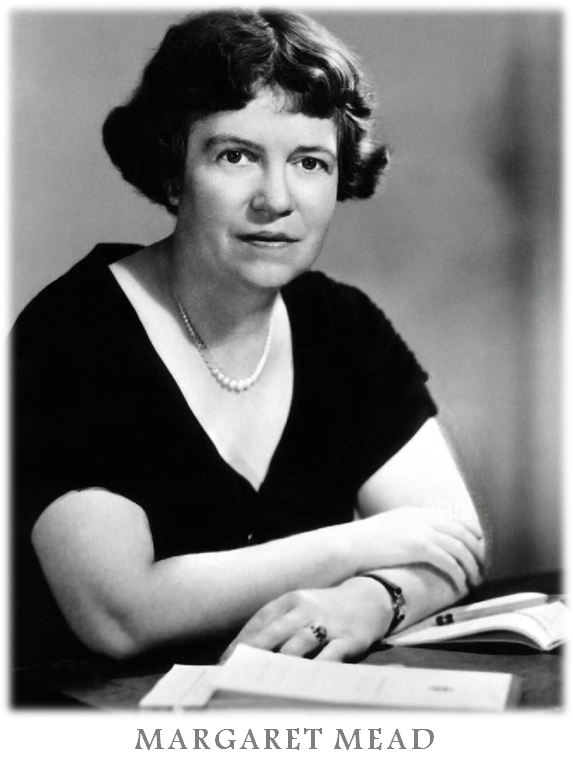
Margaret Mead developed her theories regarding the strong influences of social norms on behavior, particularly in adolescent girls. When Margaret Mead was appointed an anthropology professor at Columbia University in 1954, she continued to speak out against the rigid gender and sexual norms through her writing and lectures.
2. Margaret Mead early life
Margaret Mead used the study of primitive cultures as a means of criticizing her own culture. Her mother Emily Mead, a sociologist of immigrant family life and a feminist, and her father Edward Mead, a Wharton School economist, shared a commitment to intellectual achievement and democratic ideals.
Franz Boas, the father of American anthropology, taught Margaret Mead at Barnard College in the early 1920s. Margaret Mead also had discussions with Ruth Benedict, who was Boas's assistant. She discovered that studying primitive cultures provided a special laboratory for examining a crucial issue in American life: What proportion of human behavior is universal, thus presumably natural and unchangeable, and what proportion is socially induced? Clear responses to this question could have significant social repercussions in a society where the inferiority of women and the inevitability of gender roles are widely held beliefs.
In 1920, Margaret enrolled at the all-female Barnard College in New York City. She made the decision to become an anthropologist after taking anthropology classes from Franz Boas (1858–1942), who is frequently referred to as the founder of contemporary American anthropology, and his teaching assistant Ruth Benedict (1887–1948). An anthropologist researches various cultures. In 1929, Margaret graduated with a PhD from Columbia University. She was motivated to record cultures before they vanished by Boas and Benedict. Margaret Mead and Benedict quickly bonded as colleagues and lifelong friends. Up until Benedict's passing in 1948, they discussed various topics and read everything the other wrote.
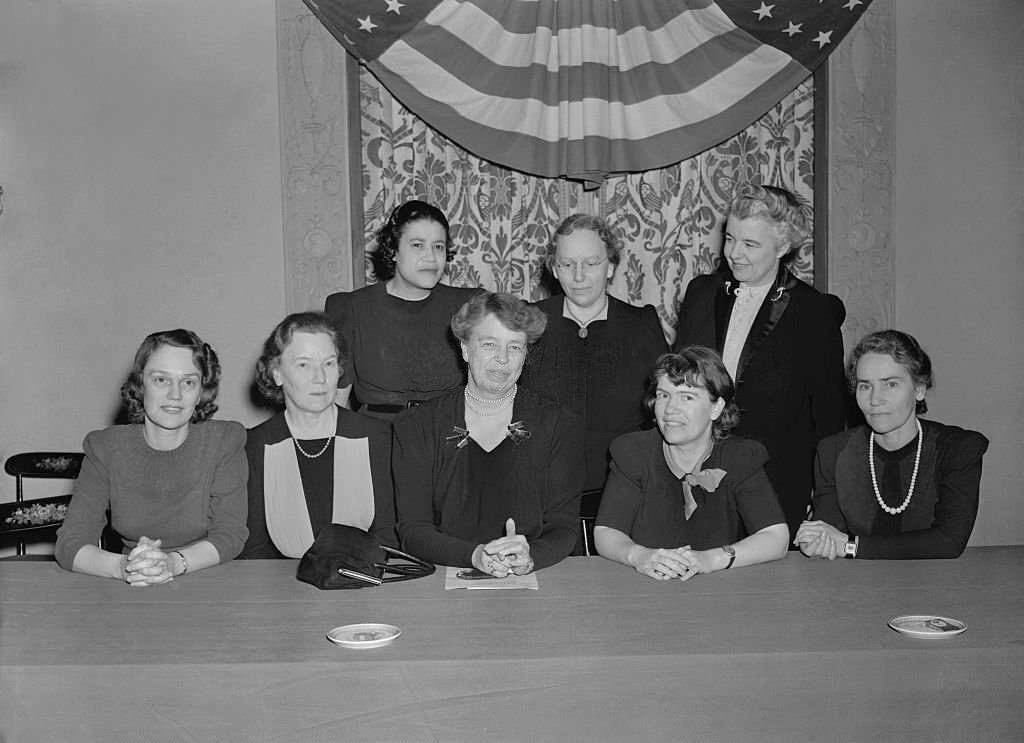
As an anthropologist, Margaret tried to address social problems and issues like world hunger, early childhood education, and mental health by using the principles of anthropology and the social sciences. She was constantly keeping an eye on things and gathering data in various contexts.
3. Margaret Mead on The Impact of Society on Gender Roles
Margaret traveled to Samoa as a graduate student for fieldwork where she was able to observe and evaluate Samoan and American adolescent girls. She noticed that social factors influence personality more so than genetics or biology. Before settling down to start families, Samoan women spent time dating and engaging in casual sex, with no negative effects on their future.
When Margaret finished her studies, she released her first book. She proposed in her book, Coming of Age in Samoa, that societal influences, not biological factors, are what shape gender roles. These theories had an impact on how women act in a variety of contexts, including dating and romantic relationships with men.
II. Margaret Mead Contributions to Cultural Studies
Margaret Mead preferred to learn about cultures during her decades-long anthropological research by visiting the far-flung locations of interest and spending time with the people she was field-studying. The Study of Culture at Distance (TSCD), edited by Margaret Mead, was released in 1953 as a book of anthropological methodologies or, as she put it, a "research manual." This book marked the beginning of a few fresh anthropological trends that are still prevalent today. In anthropology, the TSCD, among other things, shifted the emphasis from so-called primitive societies to western society. Additionally, it offered practical guidelines for conducting group research and recommended that anthropologists conduct research into popular culture, literature, and film (Mead et al., 2000).
Surprisingly, developmental psychology also played a significant role in the TSCD. Margaret Mead was particularly adamant that this book not just be written for anthropologists because of this. Instead, the TSCD was created so that researchers from various fields, such as linguists and psychologists, could collaborate to study various cultures. One of the first American anthropologists to use psychological methods to comprehend culture was Margaret Mead herself. Margaret Mead was particularly interested in how cultures mold and standardize personalities, as well as what happens when people don't behave how their society expects them to.
Mead's overall strategy for conducting her anthropological research was standard scientific methodology as she adhered to this research manual. She would create her hypothesis in an exploratory stage, test it in a confirmatory stage, use sampling techniques to establish reliable relationships in a quantification stage, and then perform change experiments using the hypothesis that has been accurately sampled in an experimental verification stage. (Mead and others, 2000) . Mead's methodology was extremely well-organized and systematic, as the TSDC manual demonstrates. Additionally, she employed cutting-edge fieldwork techniques like photography, film, psychological testing, and mixed-gender research teams. Margaret Mead was a pioneer in culture and psychological studies as a result of his pioneering studies on gender, adolescence, and childhood. Mead's theory of the origins of civilization is also examined because it is an important theory for the development of civilisations and cultures.
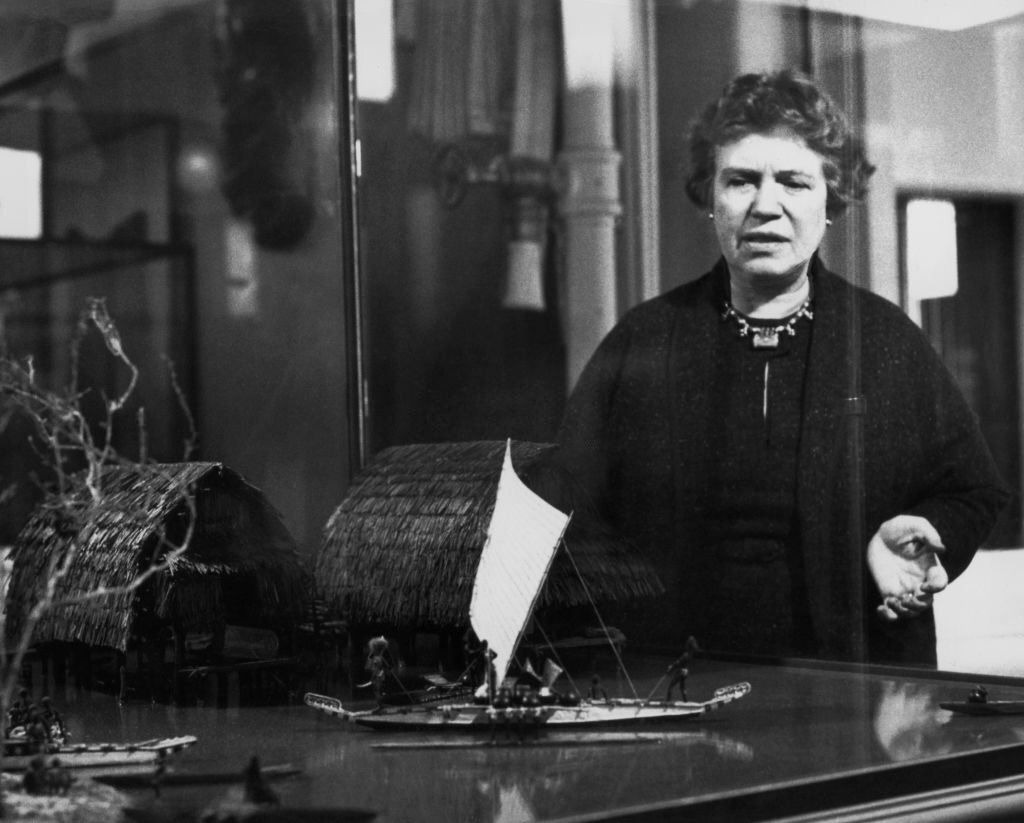
1. Coming of Age in Samoa (1928)
The Samoan Islands were the focus of the study of young children who had just entered adolescence. Mead's research focused primarily on girls and an adolescent's sexual life in society. The Austrian psychologist Sigmund Freud's theory that culture has an impact on psychosexual development was the focus of her study. Her study compared the issues and daily lives of adolescents in primitive cultures to those of those who were raised in such cultures. She sought to examine how cultural factors affect adolescent development.
She carried out her research in a small community on the Samoan island of Ta'u. Margaret Mead spent six months living on the island, which had about 600 residents, in order to observe, record, and interview the young women there. 68 women who ranged in age from 9 to 20 were included in her study. She focused her research on various societal facets, including social structures, daily life, and education.
a. Daily Life
Margaret Mead observed that people in society disregarded women. Rituals are performed to celebrate the birth of a child, but a female is not noticed until puberty. By punishing inappropriate behavior, children are taught appropriate behavior. The Samoans used physical punishment as a form of discipline, in contrast to Mead's conception of American culture. She did, however, add that raising a child is something that both men and women in society do. Despite the fact that both sexes are involved in child care, Margaret Mead observed the reinforcement of stereotypes; boys are taught to fish while girls are taught childcare. Samoans did not have age-based restrictions on employment, so they used physical development to indicate task allocation.
b. Education
Children in Samoa are educated in basic skills like weaving and fishing. As their status in society is dependent on their husbands, girls are also encouraged to take on tasks like weaving because it helped them find a husband. This demonstrates the virtue of work being valued more highly by women in Samoan society. Through sexual encounters, girls covertly investigate their sexuality. Additionally, tasks are given to male adolescents to encourage competition and aggression. Young men can be trained with both punishment and encouragement. Male adolescents are expected to exhibit a healthy balance of bravery and modesty. They can also choose from jobs like carpentry, fishing, or construction (carving wood). Teenage boys are also urged to pursue their romanticism because it elevates status.
c. Social Structures
In Samoan culture, the idea of an ingroup and an outgroup is essential. According to Margaret Mead, children learn how to form groups early on when they play in them. Developing a social network is beneficial for fostering ties and maintaining Samoan social structures. The men form groups for activities like leadership, assigning work, and fishing. Women organize into groups to assist one another with childcare and household duties. These social structures support societal stability. Margaret Mead did observe that these groups enforced strict rules though. Because of this, Samoan girls don't value things like friendships, which in western cultures are formed by sharing interests and social networks. For Samoan women, friendships are formed through familial ties, where distant relatives are familiar with the title of "friend".
Mead's work in Samoa raises concerns about how culture and society affect development. The impact of society makes it possible to talk about social structures like gender, norms, and culture. After conducting research in Samoa, Margaret Mead was inspired to study three tribes in Papua New Guinea, where the main goal was to comprehend how cultural and social values affected gender expression.
2. Sex and Temperament in Three Primitive Societies
She went to Papua New Guinea with the intention of researching gender roles and expression in three remote native tribes. The Arapesh, Mundugumor, and Tchambuli tribes were the subjects of her study. Margaret Mead spent six months living with each tribe, just as she had done in her earlier research, to gain a deeper understanding of cultural practices and society. In her book Sex and Temperament in Three Primitive Societies, she published her observations and recordings of gender practices and differences in gender roles. She looked into each tribe and discovered the following things.
a. The Arapesh Tribe
The tribe's members embodied feminine qualities like harmony, nurturing, and sensitivity. Both male and female tribe members were encouraged to exhibit these qualities. However, regardless of gender, all members were discouraged from displaying aggressive or violent behavior.
b. The Mundugumor Tribe
Contrary to the Arapesh tribe, Mundugumor people exhibited characteristics that were generally regarded as masculine. Members of the tribe exhibited aggressiveness and other masculine traits. Regardless of gender, the tribe members were encouraged to act violently and aggressively.
c. The Tribe of Tchambuli
In contrast to the Arapesh and Mundugumor tribes, whose members all adhered to a single set of traits regardless of their gender, the Tchambuli tribe recognized that gender roles could vary. The traditional gender roles based on masculinity and femininity, however, were reversed in their behavior. Men were passive, gentle, and submissive, whereas women were aggressive, violent breadwinners.
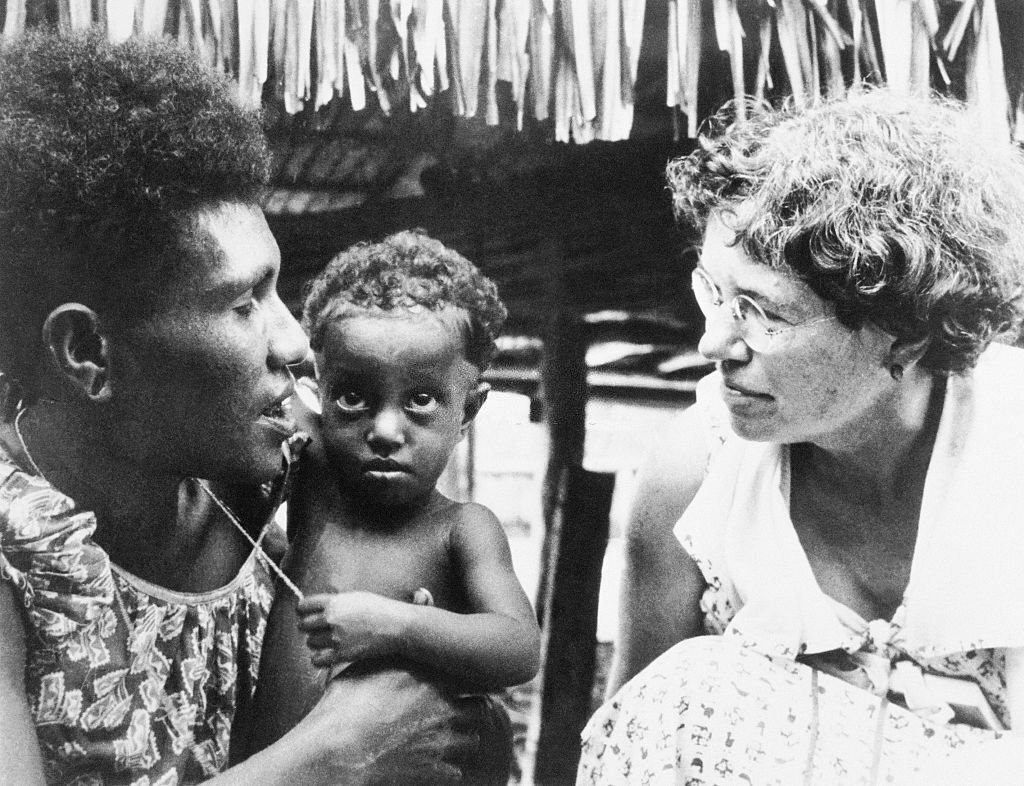
The reversal of gender roles and the singularity of gender roles, regardless of gender, were attributed to conditioning and socialization as the causes of gender expression. Mead's research encouraged additional investigation into the impact of sociocultural factors on behavior and demonstrated that, in spite of the influence of biological factors, societal beliefs could change gender norms. Additionally, despite conventional gender stereotypes, her research demonstrated the existence of masculinity and femininity.
d. Margaret Mead on Origins of Civilisation
The expected response to a student's question about the first evidence of civilization in a culture concerned pots, hunting tools, grinding stones, or religious artifacts. Margaret Mead, on the other hand, claimed that the first indication of civilization was a healed fractured femur bone. The femur is the longest bone in the body, so a broken one would prevent someone from walking, leaving them vulnerable to starvation or becoming prey to animals. A recovered femur, however, suggested that someone else had attended to the injured and assisted in the bone's healing. A femur takes about six weeks to heal, so the fact that someone else was there to assist and take care of the injured was a sign of civilization. Therefore, a healed femur marked the start of civilization.
Mead's anthropological research has been extensively used to comprehend cultural variations all over the world. Her work has influenced subsequent research on understanding prehistoric societies for people living in the modern era. Her work as an anthropologist has received widespread praise because she is renowned for developing an understanding of cultures and civilisations. Her studies of the sexual practices of primitive cultures in Southeast Asia and the Pacific Islands are considered landmarks because they had a significant impact on the 1960s sexual revolution in modern western civilization. She also advanced the origins of civilization theory, which is still regarded as a key theory for comprehending the growth of civilization. Margaret Mead used her research to address contemporary civilisation issues like women's rights and ethnic relations in addition to her work as an anthropologist.
III. Margaret Mead Theory
Margaret Mead was best known as an anthropologist for her research on the illiterate peoples of Oceania, particularly in relation to various aspects of psychology and culture, such as the cultural sexification of behavior, innate character, and cultural change. She gained notoriety as a celebrity for her forays into a variety of hot-button issues, including women's rights, parenting, sexual morality, nuclear proliferation, racial tensions, drug abuse, population control, environmental pollution, and world hunger.
1. Gender Consciousness and Imprinting
Margaret Mead chose the South Pacific peoples as her research subjects, and she spent the rest of her life examining the adaptability of human nature and the diversity of social norms. She observed that Samoan children transitioned relatively smoothly into the adult world of sexuality and work in her first study, Coming of Age in Samoa (1928), in contrast to children in the United States, where lingering Victorian restrictions on sexual behavior and the growing distance between children and the productive world made youth an unnecessary challenge.
In Sex and Temperament, Margaret Mead continued, "Westerners' ingrained belief in innate femininity and masculinity served only to compound these problems" (1935). Margaret Mead argued that social convention, not biology, determines how people behave as she described the vastly different temperaments displayed by men and women in various cultures, from the nurturing men of the Arapesh tribe to the violent women of the Mundugumor. She thus advocated for nurture in the nature vs. nurture argument. According to Mead's well-known theory of imprinting, kids pick up skills by observing how adults behave.
In Male and Female (1949), which examined the ways in which motherhood works to reinforce male and female roles in all societies, Margaret Mead slightly modified her nature vs. nurture stance from a decade earlier. She persisted in highlighting the benefits and sense in defying conventional gender stereotypes. She founded the Institute for Intercultural Studies in 1944 after funding for her fieldwork in the South Pacific was cut during World War II.
2. Margaret Mead On Motherhood And Sexuality
Margaret Mead was widely regarded as a national oracle by the 1950s. From 1926 until her death, she worked as a curator at the Museum of Natural History, and from 1954 until her death, she taught anthropology as an adjunct at Columbia University. However, she spent the majority of her professional life writing and giving lectures. In an era when divorce and only children were uncommon, she was married three times—to Luther Cressman, Reo Fortune, and anthropologist Gregory Bateson—and gave birth to just one child, Mary Catherine Bateson.
She did, however, become well known for her knowledge of family life and raising kids. Margaret Mead attempted to persuade Americans in books like Culture and Commitment (1970) and her autobiographical Blackberry Winter (1972), in Redbook magazine articles, and in her lectures that learning about other people's lives could help them understand their own, that a greater acceptance of sexuality (homosexual as well as heterosexual), that motherhood and careers could and should go together, that creating support networks for the overburdened new mothers.
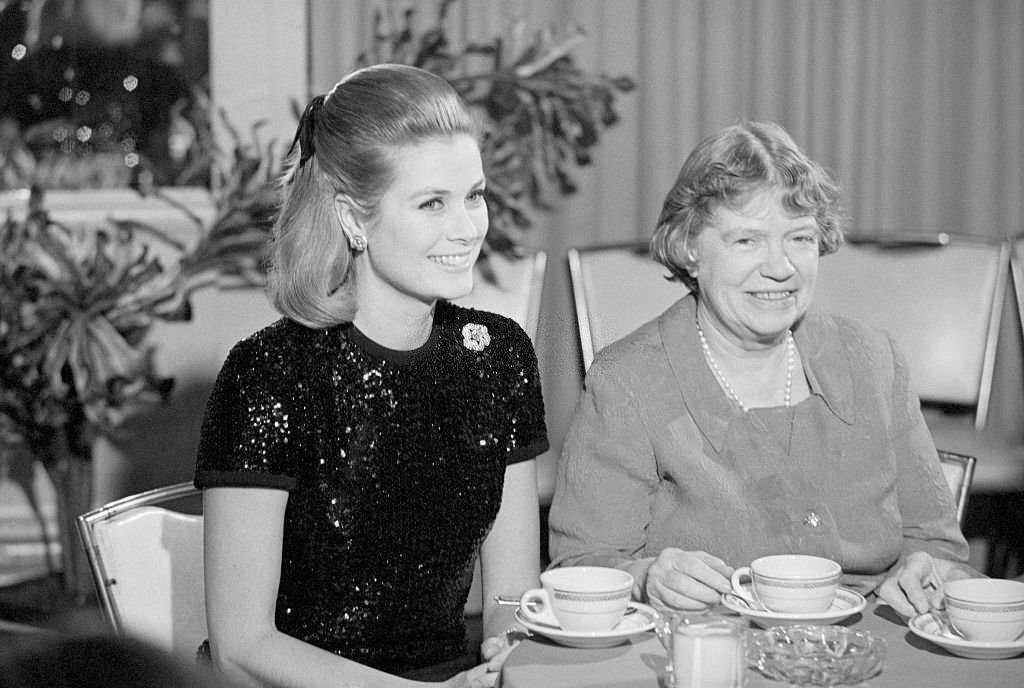
3. Margaret Mead on Psychology
The relationship between race and intelligence was a hot topic in 1926. Margaret Mead believed that the experimental psychology research methodologies used to support claims of racial superiority in intelligence were seriously flawed. Margaret Mead suggests three issues with testing for racial differences in intelligence in "The Methodology of Racial Testing: Its Significance for Sociology." First, there are issues with the ability to accurately correlate a person's test result with what Margaret Mead refers to as racial admixture, or how much African American or Native American blood they have. When interpreting IQ results, she also takes into account whether that information is pertinent. Margaret Mead says that if a genealogical method could be "subjected to extensive verification," it could be regarded as legitimate.
A reliable control group was also required for the experiment in order to determine whether racial admixture was in fact affecting intelligence levels. Margaret Mead then claims that it is challenging to quantify how social status affects an individual's intelligence test results. She meant that a person's environment (family structure, socioeconomic status, exposure to language, etc.) has too much of an impact on them to solely blame a physical characteristic like race for poor performance. Mead continues by adding that the biggest issue can occasionally be brought about by language barriers. Mead's view of the issue of determining whether there are racial differences in intelligence is similar to Stephen J. Gould's view of the issue. In his 1981 book The Mismeasure of Man, Gould identifies three main issues with intelligence testing.
Margaret Mead and Fortune traveled by boat from Rabaul to Manus in 1929, which is currently Papua New Guinea's most northerly province. She gives a detailed account of her stay there in her autobiography, and Jane Howard's 1984 biography of her makes mention of it. She researched the Manus inhabitants of the Peri village on Manus' south coast. Margaret Mead would return to Peri more frequently than any other field site during the following fifty years of her career. Margaret Mead is credited with convincing the American Jewish Committee to support a project to study European Jewish villages, or shtetls, in which a research team would speak with numerous Jewish immigrants residing in New York City. The resulting book, which has been widely discussed for decades, is credited with creating the stereotype of the Jewish mother as being intensely loving but also overbearing to the point of suffocating her children and instilling guilt in them through the suffering she claimed to be enduring for their sake.
From 1948 to 1950, Margaret Mead worked for the RAND Corporation, a private research firm supported by the US Air Force military, to research Russian culture and attitudes toward authority.
IV. Margaret Mead Books
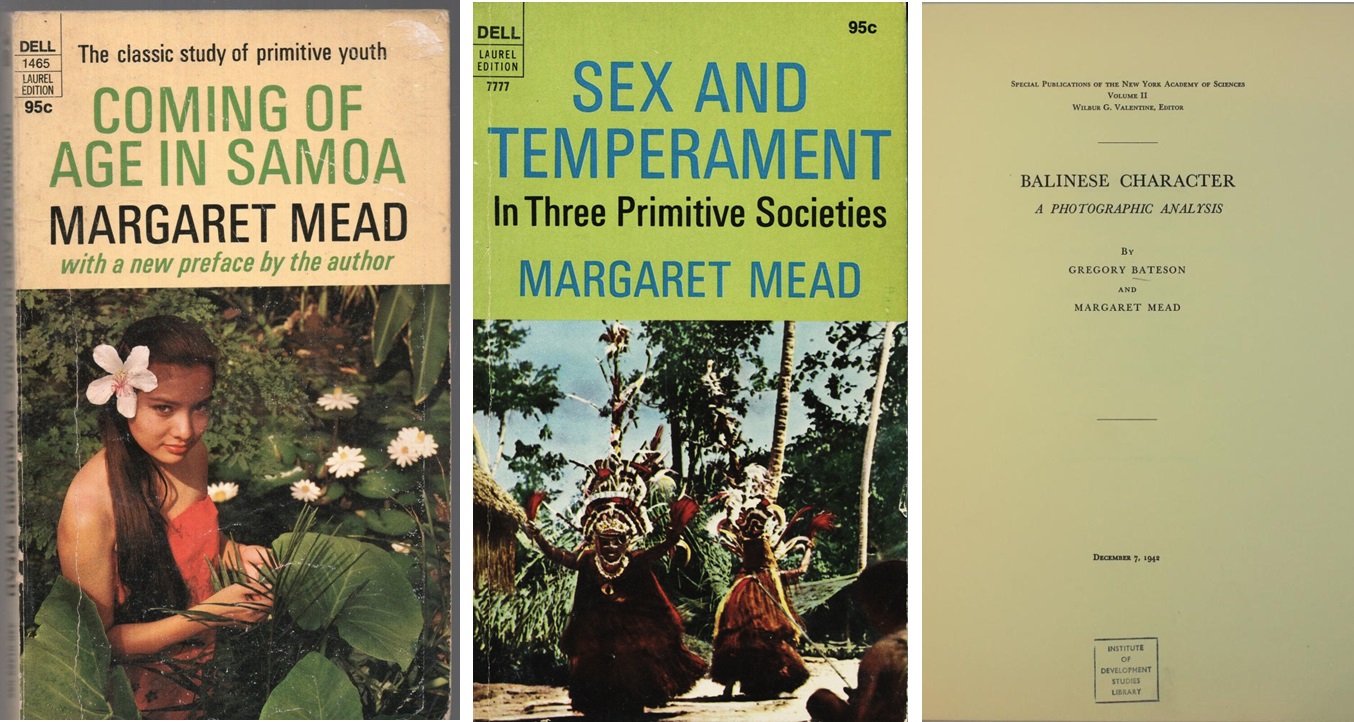
1. Coming of age in Samoa
She collected information for the first of her 23 books, Coming of Age in Samoa (1928; new ed., 2001), a perennial best seller and a defining example of her reliance on observation rather than statistics for data, while on her first of many field trips to the South Seas in 1925. The book makes it clear that she believed in cultural determinism, a viewpoint that led some anthropologists of the later 20th century to doubt both the veracity of her observations and the soundness of her conclusions.
At the age of twenty-three, Margaret Mead traveled to Samoa for the first time in 1925. Mead would continue to research seven cultures in the South Pacific and Indonesia over the ensuing fourteen years. Mead sought to determine whether adolescence was a universally stressful time because of biology or if it depended on a person's environment and culture in Samoa. Margaret Mead conducted psychological evaluations and samoan interviews for nine months.
After completing her initial research in Samoa, Mead came to the conclusion that because of the cultural differences between Samoa and the United States, adolescence was not a stressful time for Samoan girls. Coming of Age in Samoa is where Margaret Mead published her research (1923). This book was divided into several chapters that described a day in Samoa, a Samoan child's education, a Samoan household, and the role of the girl in the community, sexual relations, and maturity (Mead et al., 1973). Mead became well-known thanks to the enormous success of Coming of Age in Samoa. Since then, dozens of new editions and reprints in numerous languages have been published.
2. Sex and Temperament in Three Primitive Societies
Margaret Mead spent two years in the Sepik region of Papua New Guinea in 1930. Mead was particularly interested in researching gender consciousness while she was there. Mead wanted to know what factors influence gender roles and whether temperamental differences between the sexes are a result of innate nature or social and cultural conditioning. Sex and Temperament in Three Primitive Societies, published by Mead in 1935, detailed her research (Mead, 1963). For each culture she looked at, Mead's research revealed a distinctive pattern of male and female behavior.
She initially asserted that the Mundugumor men and women were violent, the Arapesh men and women were gentle, and the Tchambuli people displayed gender roles where women were dominant and men were dependent. She came to the conclusion that gender differences are influenced by social factors and that this data proved cultural determinism. This is in line with the theory that gender roles are influenced by upbringing. It's interesting to note that these behavioral patterns diverged from the gender roles that were then expected in the United States. This included research on cultural groups where men and women were equally aggressive and violent, where women dominated and were impersonal, and where men were less responsible and emotionally dependent (Mead, 1963).
3. Balinese Character: A Photographic Analysis
Margaret Mead focused on the study of personality during her studies in Bali in 1936. Mead specifically sought to comprehend how culture influences the development of personality. Mead also investigated artistic expression, ritualistic ceremonies, and parent-child interaction in Bali.
Additionally, Mead's creative use of photography and film in Bali was very effective in integrating her research into the local way of life. Her creative anthropological works from her time in Bali research include the book Balinese Character: A Photographic Analysis and the 1952 film Trance and Dance in Bali (1942).
V. Margaret Mead Death and Legacy
1. Where was Margaret Mead buried
Margaret Mead, a renowned cultural anthropologist, had a long and successful career before passing away from pancreatic cancer in November 1978, not long before turning 77. The Trinity Episcopal Church Cemetery in Buckingham, Pennsylvania is where she is interred permanently.
2. Margaret Mead Legacy
In 1976, Mead became a member of the National Women's Hall of Fame. On November 15, 1978, she passed away from pancreatic cancer. In 1979, she received the Presidential Medal of Freedom posthumously. In 1998, she was featured on a commemorative postage stamp. His groundbreaking anthropological research on sexuality, culture, and childrearing is still relevant today.
Margaret Mead was incredibly influential in both the anthropological and psychological communities thanks to her decades of fieldwork and research. First, Mead's groundbreaking research on gender revealed how varying cultural expectations in society influence how gender roles are constructed. Margaret Mead continued to influence the nature vs. nurture argument in Male and Female (1949), where she made the case that mothers reinforce both male and female roles in society and that children pick up on adult behavior.
Adolescence was not biologically predestined to be a period of intense stress and anxiety, according to Mead's Samoan research. The adolescent experience was said to be more influenced by the culture that kids grew up in. Last but not least, Margaret Mead made an important contribution to the study of personality. He discovered that different cultures place more emphasis on some aspects of human potential than others.
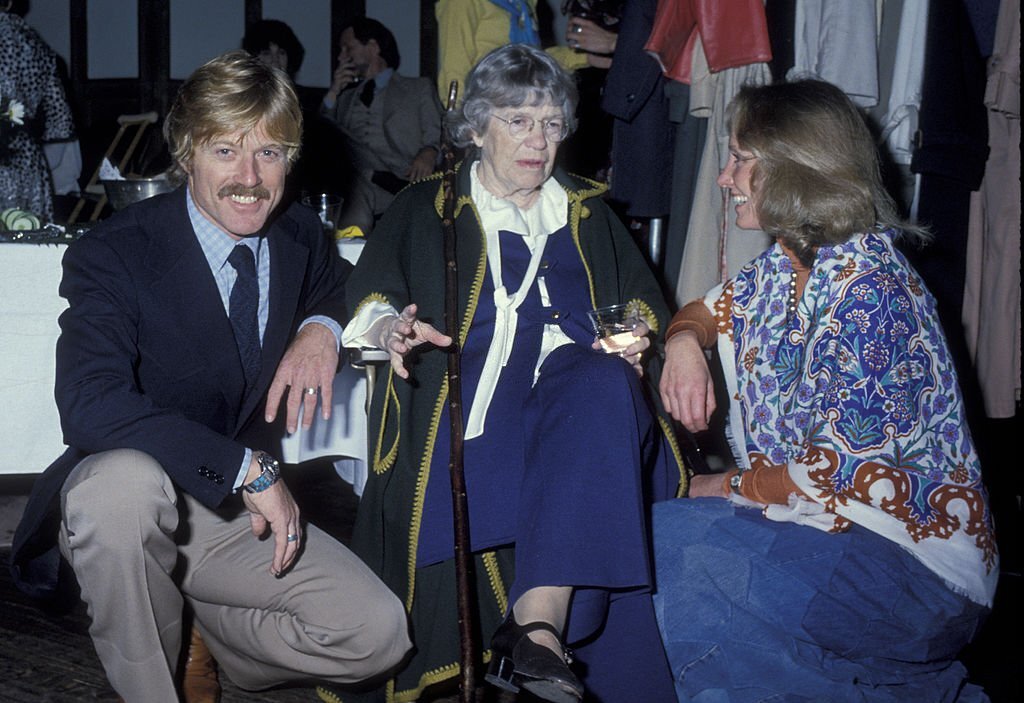
VI. Margaret Mead Controversy
Margaret Mead was well-liked and well-known for her research, but she was also viewed as somewhat controversial on a number of fronts. Conservative Americans, anthropologists, and the people whose cultures she was studying all fell into this category.
For instance, varying levels of criticism were leveled at Coming of Age in Samoa. Some detractors specifically charge Mead with romanticizing Somoan life or selecting evidence that only supported her theories. Furthermore, a lot of Samoans find Mead's portrayal of Samoan adolescent sexuality offensive and take offense to her claim that they are "sexually loose" (Shankman, 2013).
One of Mead's harshest critics was the anthropologist Derek Freeman. He claimed that Mead's observations of Samoan sexual behavior were the result of a "prank" and that the women who served as her informants had "hoaxed" her (Shankman, 2013). For its critique of Mead, Freeman's Margaret Mead and Samoa: The Making and Unmaking of an Anthropological Myth (1983) attracted considerable attention.
Concerning apparent discrepancies in Mead's research, Freeman asserted that she had not placed enough emphasis on the influence of biology on behavior. He claimed Mead did not spend enough time in Samoa and did not have sufficient language proficiency (Freeman, 1983).
Finally, American conservatives frequently viewed Mead's "new way of thinking" as a threat. Even the 1960s sexual revolution, which conservatives opposed vehemently, is said to have been influenced by her reports on the attitudes toward sex in traditional South Pacific and Southeast Asian cultures. Mead was a feminist icon to her liberal supporters but a conservative critic who helped degrade America's morality. Professor Shankman, an anthropologist, has noted that both sides may have misunderstood her, though (Shankman, 2009). So it is safe to say that Margaret Mead left behind a profound, if contentious, legacy and had an irrevocable impact on the field of anthropology when she passed away in 1978, after spending 50 years at the center of American opinion.
VII. Margaret Mead Facts
Here are some important highlights and information about Margaret Mead's life and career, particularly in the field of cultural anthropology, even though it would be impossible to cover everything in a single page.
- In 1901, Margaret Mead was born in Philadelphia. She was raised in the small Pennsylvanian town of Doylestown, which is about 35 miles from Philadelphia, as the first of five children.
- She spent her early years exploring who she was and looking for ways to express her faith; she ultimately chose the Episcopalian Church, where she lived out the rest of her life as a respected and well-known member.
- Apart from conducting research, Margaret Mead was also a very active speaker and author. She was well-known for her work. Coming of Age in Samoa from 1928 and Sex and Temperament in Three Primitive Societies from 1935 are two of her most well-known works. The latter piece had a significant impact on the feminist movement in the middle of the 20th century.
- After earning her bachelor's degree from Barnard College in 1923 and her master's degree from Columbia University in 1924, she graduated with a Ph.D. from that institution in 1929.
- During World War II, she worked as the executive secretary for the National Research Council's Committee on Food Habits.
- She had previously worked at the museum as an assistant curator beginning in 1926, and she held the position of curator of ethnology at the American Museum of Natural History in New York City from 1946 until 1969.
- She taught at several universities along the east coast.
- She held numerous positions in numerous other national science organizations while serving as the American Anthropological Association's president in 1960.
VIII. Margaret Mead Quotes
“Never doubt that a small group of thoughtful, committed, citizens can change the world. Indeed, it is the only thing that ever has.”
--------
“Children must be taught how to think, not what to think.”
--------
“I was wise enough never to grow up, while fooling people into believing I had.”
--------
“Laughter is man's most distinctive emotional expression.”
--------
“Instead of being presented with stereotypes by age, sex, color, class, or religion, children must have the opportunity to learn that within each range, some people are loathsome and some are delightful.”
--------
“Always remember that you are absolutely unique. Just like everyone else.”
--------
“Having someone wonder where you are when you don't come home at night is a very old human need. ”
--------
“Never depend upon institutions or government to solve any problem. All social movements are founded by, guided by, motivated and seen through by the passion of individuals. ”
--------
“I used to say to my classes that the ways to get insight are: to study infants; to study animals; to study primitive people; to be psychoanalyzed; to have a religious conversion and get over it; to have a psychotic episode and get over it; or to have a love affair with an old Russian. And I stopped saying that when a little dancer in the front row put up her hand and said, ``Does he have to be old?”
--------
“It is utterly false and cruelly arbitrary to put all the play and learning into childhood, all the work into middle age, and all the regrets into old age.”
--------
“If the future is to remain open and free, we need people who can tolerate the unknown, who will not need the support of completely worked out systems or traditional blueprints from the past.”
--------
“If we are to achieve a richer culture, rich in contrasting values, we must recognize the whole gamut of human potentialities, and so weave a less arbitrary social fabric, one in which each diverse gift will find a fitting place.”
― Margaret Mead
WHAT IS YOUR IQ?
This IQ Test will help you test your IQ accurately
Maybe you are interested
